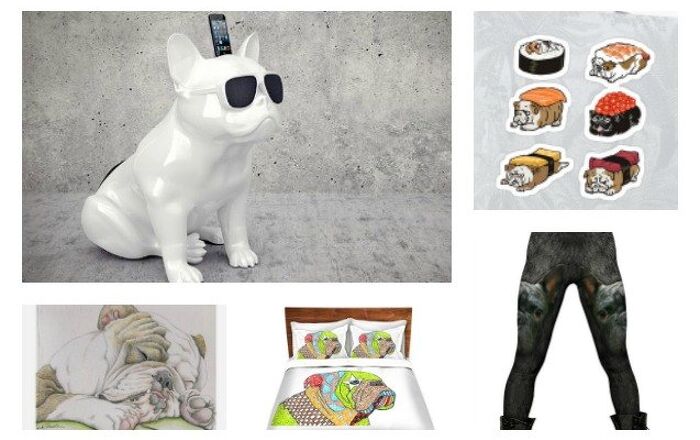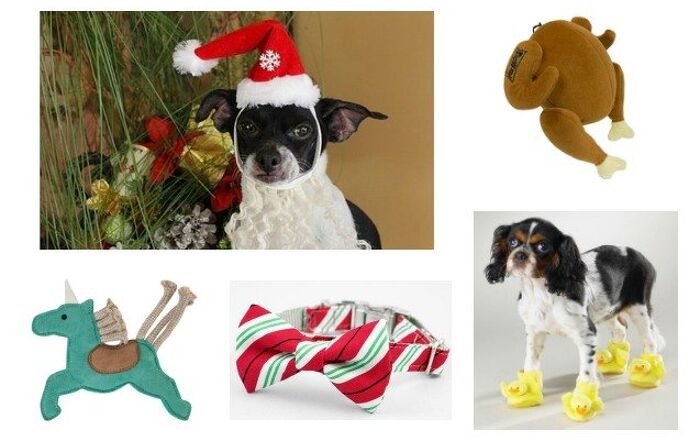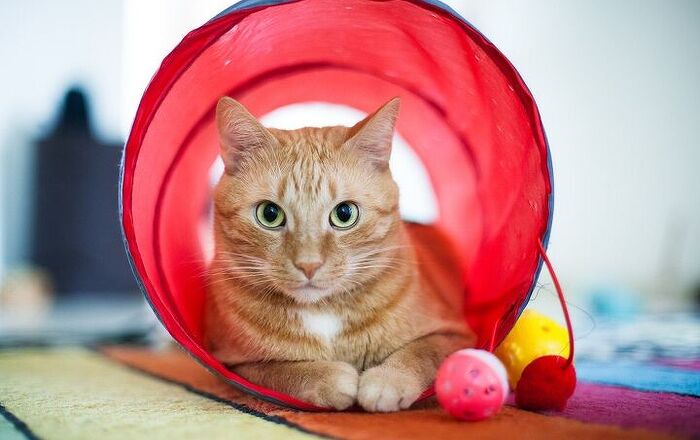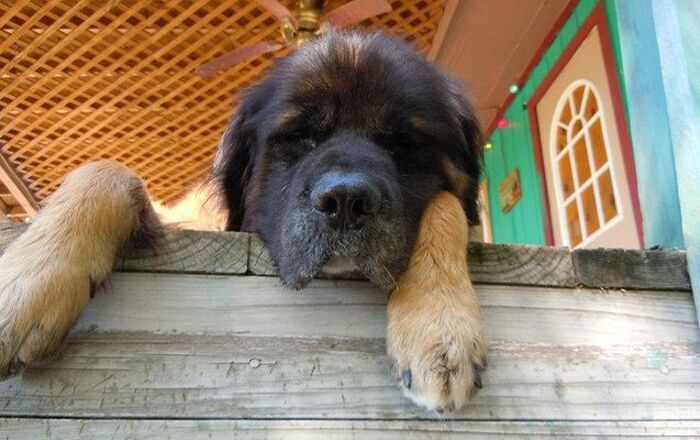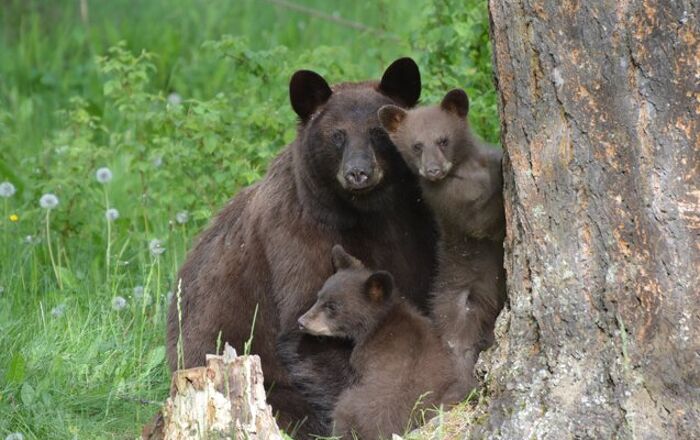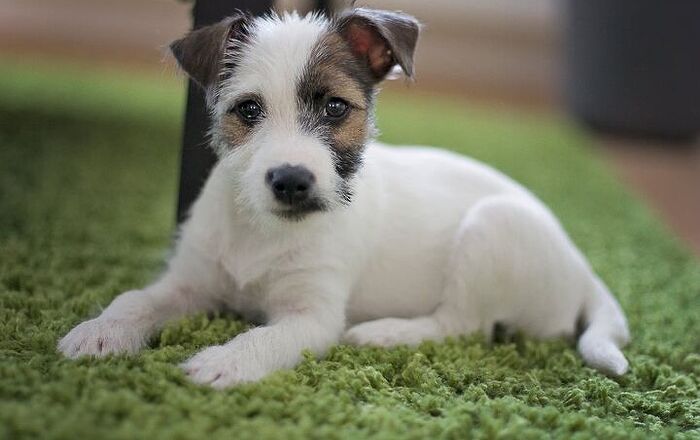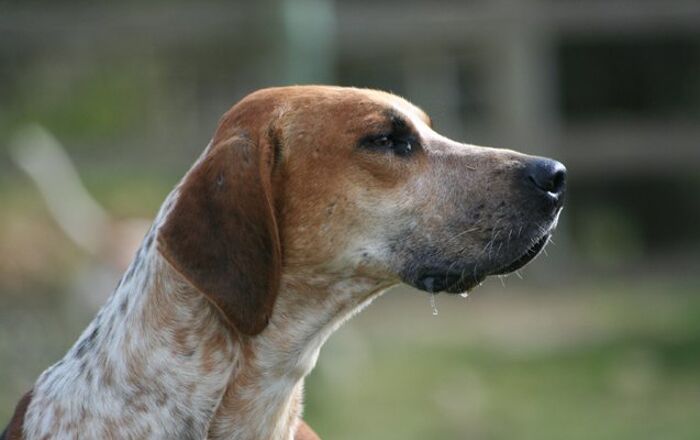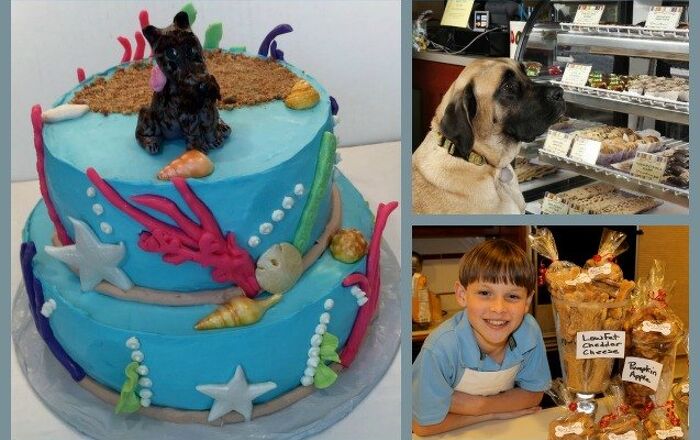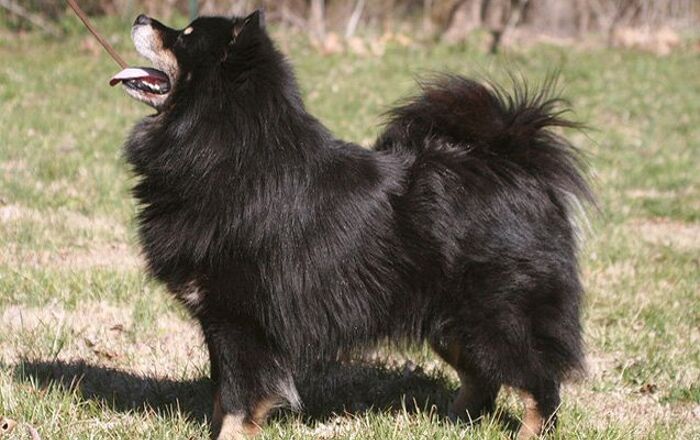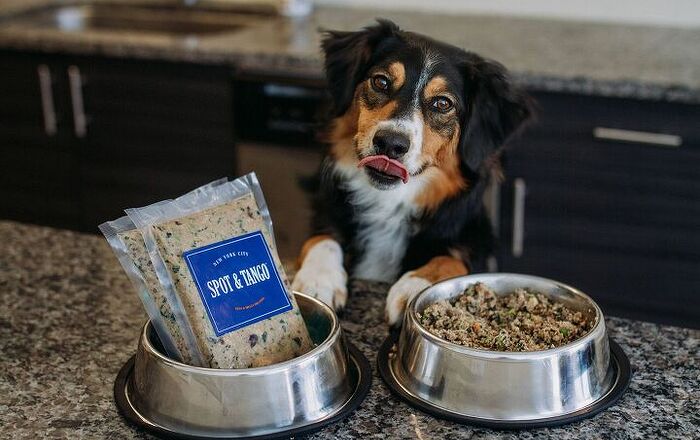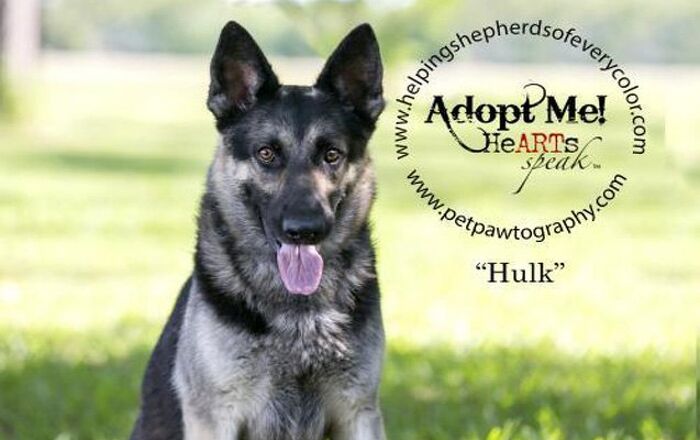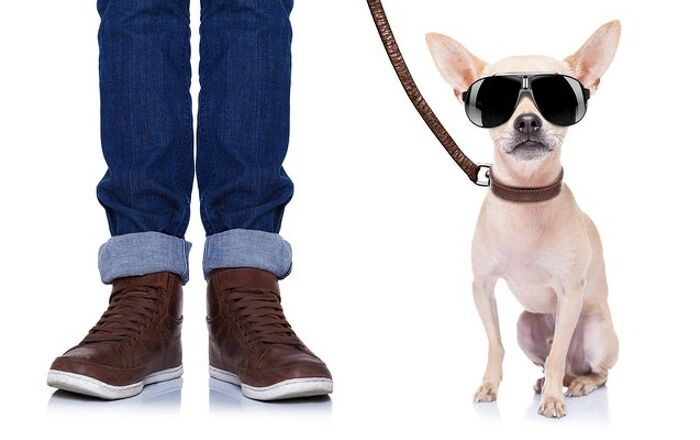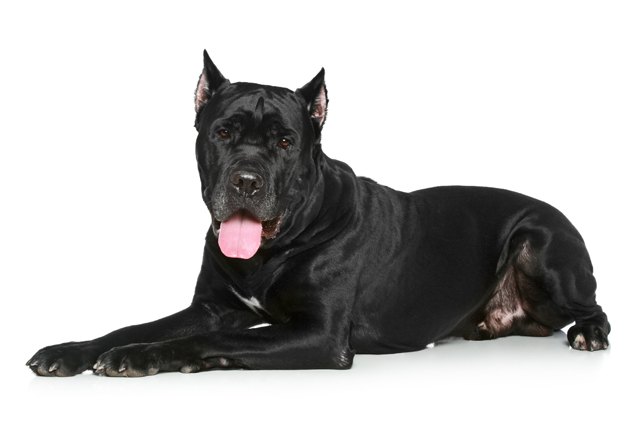
Cane Corso Basics
Noble and brave, the Cane Corso is strong in mind, body and conviction. His intelligence makes him the perfect candidate for high levels of obedience training, which is necessary due to the breed’s dominant nature and imposing size. Cane Corsos are strong enough to take down the fiercest animals and are also willing to take out strangers, if not properly socialized, so it goes without saying that training and socialization are a must. This dog is a fanatic when it comes to patrolling his home to protect his family from intruders, making him an incredible watchdog and guard dog.
With an owner who is assertive and won’t let the dog take over as leader of the family, the Cane Corso makes a wonderful family companion. He is tolerant of kids in his family and will do all that he can to protect them from harm. Loyal to a fault, Cane Corso is best described as a canine bodyguard- but his traits and personality make him much more than a personal protector. To learn more about the Cane Corso, read on.
Nobel and brave, the Cane Corso is strong in mind, body and conviction.
Origin
While physical proof is hard to come by, it is believed by experts that the Cane Corso is a direct descendant of the old Roman Molossian dogs, also known as the Canis Pugnax, not unlike other breeds categorized as Molossers (this group includes Mastiffs, Great Dane, the Great Pyryneese, Rottweiler and many others). The name of the breed roughly translates to “bodyguard dog” and having in mind the character and the appearance of the Cane Corso, it’s easy to see how the breed got its name. However, even though it is believed that the breed hails back to Roman wars, as time passed the breed evolved: Cane Corso were not war dogs anymore- they were bred to herd cattle or protect the farm from large beasts such as wild bulls or wild hogs.
While, initially, Cane Corso could be found all over Italy, the two world wars and the collapse of the farming system they were evolved to function within led to a sharp fall in numbers. The majority of the very few Cane Corso remaining in the 1960s could be mostly found in the southern parts of the country in the region Puglia but thanks to the efforts of enthusiasts, these dogs can now be found all over the world.
Pedigree
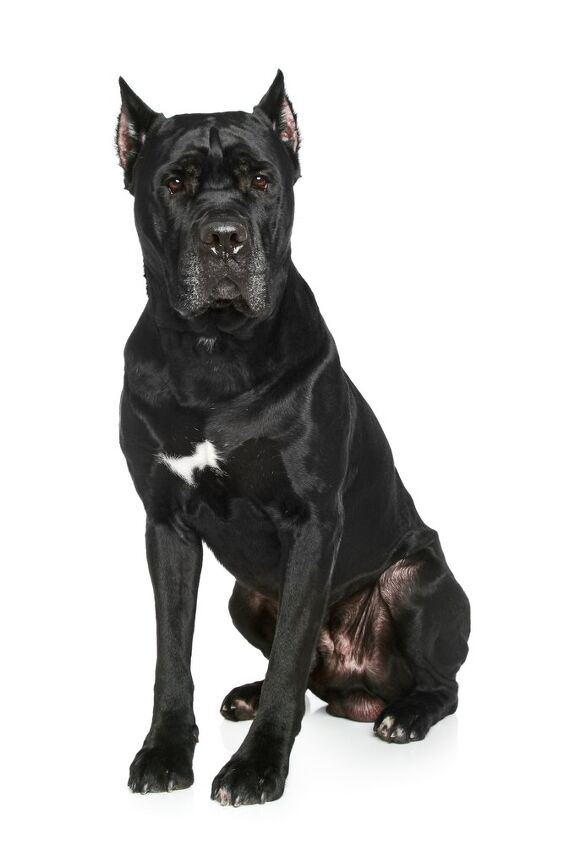
With a history dating all the way to the Roman Empire, Cane Corso has a long tradition as a breed but things haven’t always been great for these noble dogs. For years, many people thought this breed had become extinct however; in the 1980s, Cane Corso enthusiasts worked diligently to ensure this breed would survive and they managed to preserve these unique dogs through responsible and selective breeding. The Cane Corso was recognized by the American Kennel Society in 2010, and it is also recognized as a breed with a distinct set of standards by other major canine societies such as FCI or the United Kennel Club.
Food/Diet
Needless to say, big dogs need a lot of food- and it has to be high quality, nutritious chow that will support their immune system and give them enough fuel for daily activities.The Cane Corso requires a significant amount of high-quality, dry dog food. Some people opt for feeding BARF or home cooked meals instead, but if you go down that route, please be sure to consult with a veterinarian. It’s easy to leave out some crucial nutrients when you prepare your pet’s food, especially on a scale that a huge dog such as the Cane Corso requires. Additionally, it is of the utmost importance that this breed is either free fed or has several smaller meals throughout the day. Cane Corsos are predisposed to bloat and should never be exercised immediately after eating.
Highly intelligent and willing to please, the Cane Corso is quite trainable however; he needs a confident and assertive owner.
Training
Highly intelligent and willing to please, the Cane Corso is quite trainable however; he needs a confident and assertive owner. This breed likes to be the dominant one in the home so he must learn his place at an early age or he will exert his dominance over the entire family. It’s best for this breed to be involved in some sort of formal training all through his life. After all, he was bred to be a working dog and so long as he has jobs to do, he will be a productive member of the family.
Cane Corsos do very well in obedience trials. Their natural work ethic and high intelligence make him a wonderful prospect for this type of competition. Several police agencies have found this breed to be valuable partners.
Weight
The Cane Corso should weigh between 90 and 110 pounds and stand between 23 and 27 inches tall at the withers. A truly imposing breed, the ideal specimen is fit and muscular despite its weight.
Temperament/Behavior
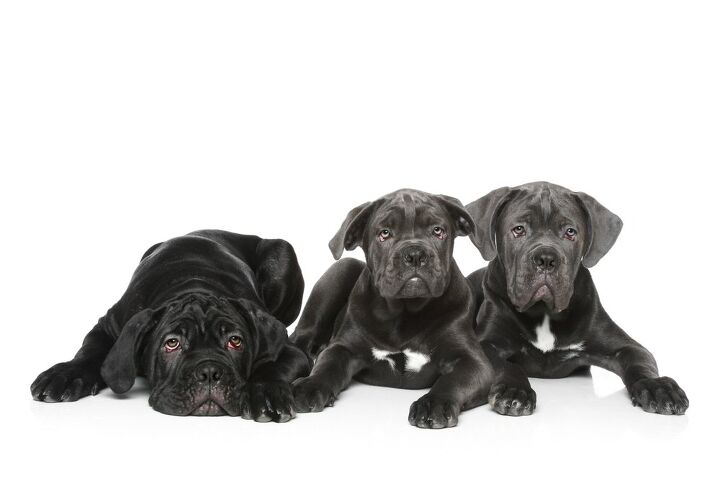
Gentle and affectionate, the Cane Corso is a loyal and loving companion for his immediate family. He has been bred to be a brave and powerful protector and guardian for centuries. Cane Corsos will gladly lay down their lives to ensure the safety of their people and homes. With this being said, this breed is wary of strangers unless they have been properly socialized since puppyhood.
Cane Corsos are pacers. They will pace around the home on patrol duty. Although they do this quietly, the dog’s methodic checking of the house can sometimes drive an owner crazy. He is not trying to be annoying; he is simply performing the task that he was bred to do. Cane Corsos can be aggressive with strangers and other animals so it is best for this breed to be an only dog.
Common Health Problems
For such a large breed, the Cane Corso is relatively healthy. Of course, they are prone to elbow and hip dysplasia, simply because of their size. They are also predisposed to heart problems, Ectropion, Entropion, epilepsy and skin allergies. This breed is also highly susceptible to gastric torsion.
Life Expectancy
The average lifespan of the Cane Corso is somewhere between 10 and 12 years.
Exercise Requirements
Cane Corsos need a lot of exercise to keep them healthy and content. This breed is happy to go jogging through the neighborhood or hiking in the mountains. Active and full of energy, the Cane Corso also enjoys romping around the yard chasing down tennis balls. Of course, a securely fenced yard is essential for those owning this breed.
Without enough exercise, the Cane Corso will become bored. Boredom leads to destructive behavior. It isn’t uncommon for owners to come home to find the living room furniture ripped apart, kitchen cabinets mangled or even walls severely damaged. Exercise is a must for a happy Cane Corso and his family.
Gentle and affection, the Cane Corso is a loyal and loving companion for his immediate family.
AKC
The American Kennel Club states: “Intelligent, the Cane Corso is easily trained. As a large and athletic breed, they need a lot of exercise. They are affectionate to their owner and bond closely with children and family. Cane Corsos are light shedders, which make grooming simple – all they need is an occasional brushing.” The Cane Corso was first recognized by the AKC in 2010.
Coat
The waterproof, double coat sported by the Cane Corso is rather dense. Its undercoat is soft while the topcoat is short and coarse. The coat should always appear to be shiny and glossy. Cane Corsos may have a black or gray mask to contrast with coats of black, fawn, red or gray.
The Cane Corso requires little grooming. A weekly brushing will remove any loose coat however; while shedding, a shedding blade will quickly remove the heavy tufts. Bathing should only be done when needed.
Puppies
Cane Corso puppies can be quite a handful! They require constant socialization from the moment they get to their new homes. Puppy Kindergarten classes should be started as soon the puppy is vaccinated and training should continue through life. Because he is incredibly bright, housetraining the Cane Corso puppy is usually quite easy.
Photo credit: Jagodka/Shutterstock

